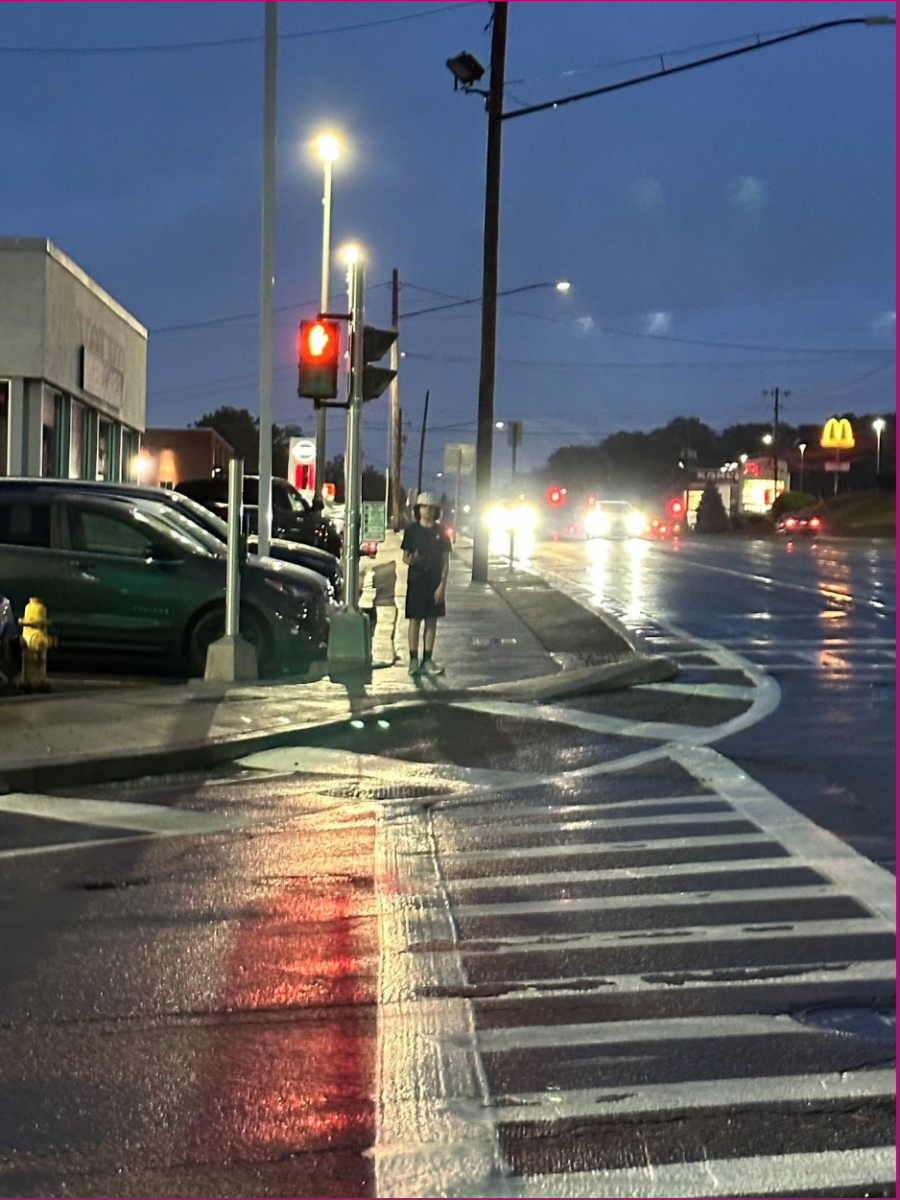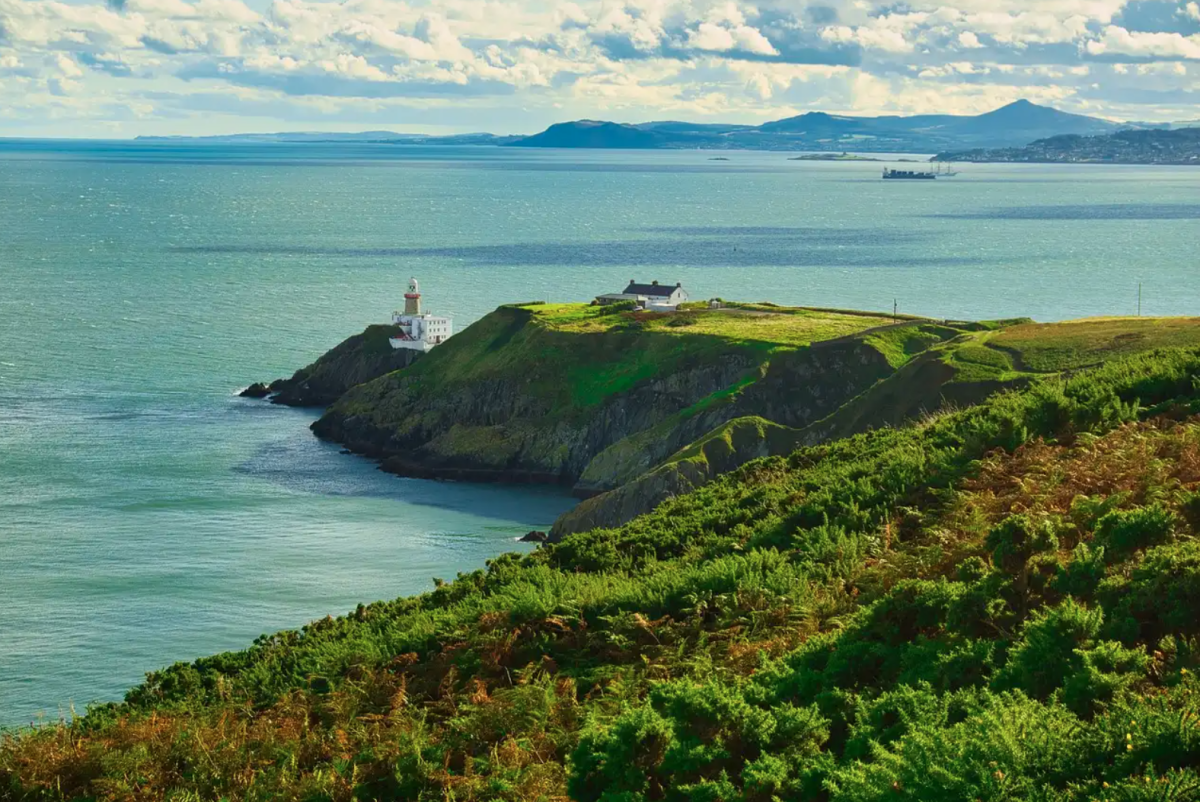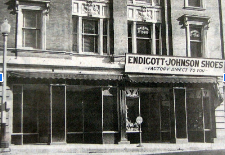The Men Who Built the Tri-City Area: Part 1
January 22, 2023
During the Second Great Migration, Slavic immigrants turned up at Ellis Island with very little knowledge of English. However, they were prepared to ask one question: “which way to Endicott Johnson?”
The corporation that essentially built the Tri-City area, including Endicott, Johnson City, Binghamton, and later Vestal, was Endicott Johnson, a shoe corporation that dominated the shoe-making industry. It originated in 1854 as a small, family-owned business named Lester Bros & Company. The business went bankrupt in 1890, forcing the company to sell to Henry B. Endicott. Henry set up the company in Lestershire, the current day Johnson City, and appointed George F Johnson as general manager. George F Johnson soon bought a large share of the company, causing Henry and George to share ownership of the company that became known as Endicott Johnson Corporation.
It is important to remember that this was the era of the industrial revolution when workers were underpaid, underfed, and had unsafe and unsanitary working conditions. They often formed unions that led to the violent overthrow of companies. George F Johnson, however, had ideas that would avoid such a path. He believed in the idea of welfare capitalism, which is where workers increase productivity due to better welfare such as housing, healthcare, and education. An immigrant who came to work at the shoe factory received a large package deal of benefits. This included a half-paid house, free public medical care, mandatory checkups, access to education, and recreational parks. Some of these utilities, such as the house, were deducted from the paycheck. This sort of attention to the welfare of workers paid off in high efficiency and good morale. Johnson even made sure that his workers were well fed, with multiple diners giving a three course meal at affordable prices. This, in conjunction with the three hospitals in the area, made sure that the labor force was healthy and able to mass produce and meet the standards of the growing industrial age.
Although the corporation soon fell to ruin, the lasting impact of Endwell Johnson can still be seen today. The factories collected dust, but the hospitals, schools, parks, and carousels around Binghamton, Endicott, Johnson City, and Vestal were all either directly or indirectly built because of Henry B Endwell and George F Johnson.

























